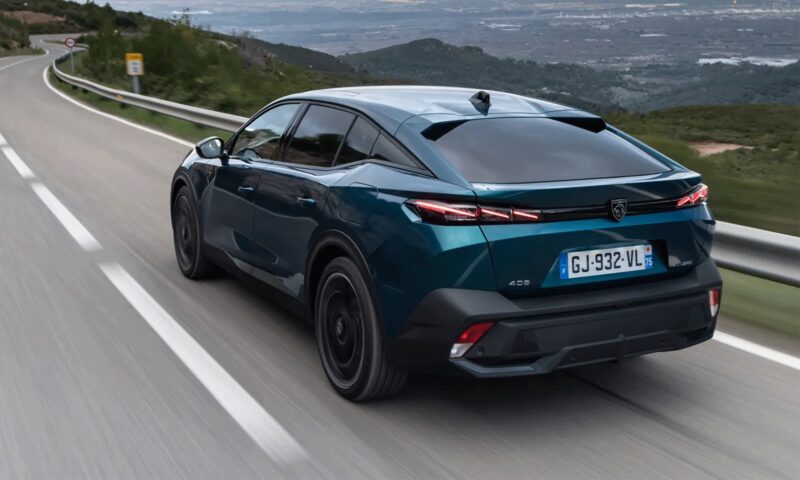The 200-Year History of Electric Vehicles
An overview of the surprisingly long history of electric vehicles (EVs) and what we can expect in the future.
Last updated: Aug 02, 2024 • 4 min read

Summary
Roughly 180 years lie between the very first battery-powered carriage that was invented in Scotland around 1832 and the first mass-market EV, the Nissan LEAF.
An overview of the history of EVs
In recent years, the EV world has witnessed a significant rise in the adoption of electric cars. It signals a clear shift away from polluting internal combustion engine (ICE) cars to sustainable transportation. This growing interest has not only transformed the car industry but has also piqued curiosity about the origins and evolution of electric vehicles.
We’ll explore the rich history of EVs, from the first battery-powered vehicle to mass-produced electric cars, and consider where technology might go next.
The birth of the first electric car
Electric vehicles trace their origins back to the early 19th century, during a time of rapid technological innovation. This period saw the creation of the first production EV by Thomas Parker in 1884, two years before the first production gas-powered vehicle was brought to the market by Carl Benz in 1886. So technically, EVs pre-date ICE cars!
1832-1839: Robert Anderson invents the first crude electric carriage powered by non-rechargeable primary cells in Scotland.
1859: Gaston Planté, a French physicist, invents the lead-acid battery, providing a more practical source of electricity for powering vehicles.
1881: Gustave Trouvé, a French electrical engineer, demonstrates a working three-wheeled electric vehicle at the International Exposition of Electricity in Paris.
1884: Thomas Parker, known for electrifying the London Underground, builds the first fully electric production car in the UK. He develops a steam-powered charger for his own high-capacity rechargeable batteries. Parker’s invention is a pivotal moment in the history of electric mobility. It arguably comes closest to today’s electric car as we know it.
Evolution and milestones of electric vehicles
The evolution of electric vehicles continued throughout the 20th century and in the early 21st century. Here are key milestones that represent leaps in technology, adoption and consumer acceptance:
1899: Camille Jenatzy's electric car called "La Jamais Contente" becomes the first vehicle to exceed 100 km/h (62 mph).
1900: Surprisingly, electric cars account for around a third of all vehicles on the road in the United States, enjoying popularity for their ease of use and quiet operation compared to fuel-powered cars.
1912: The expensive Detroit Electric, produced by the Anderson Electric Car Company, emerges as one of the most popular electric vehicles, offering comfort and a range of up to 80 miles at top speeds of 20mph on a single charge.
1971: NASA's Lunar Roving Vehicle, an electric car used during the Apollo 15 mission, marks the first off-Earth driving experience, showcasing the versatility of electric vehicles.
1996: General Motors releases the EV1, the first mass-produced electric vehicle of the modern era, sparking renewed interest in electric mobility.
1997: Toyota introduces the Prius in Japan, the world's first mass-produced hybrid electric vehicle, blending fuel and battery power for improved fuel consumption.
2006: Tesla Motors unveils the Tesla Roadster, the first production electric vehicle to use lithium-ion battery cells and the first to travel more than 200 miles per charge.
2010: The Nissan Leaf, one of the world's first mass-market electric vehicles, launches, signalling a significant commitment from major carmakers to electric driving.
2012: Tesla launches the Model S, featuring breakthrough battery technology and range, winning numerous awards and increasing consumer interest in electric vehicles.
The present and future of electric vehicles
In the present and near future, electric vehicles are expected to break into new areas never seen before in battery-powered driving. Rapid innovation around EV batteries means it won’t be long until entry-level to high-end electric cars can seriously compete with petrol or diesel vehicles when it comes to range. Advancements in range and charging infrastructure will continue to cause a rising uptake of EVs among the general population.
2020s and beyond: The global EV market is experiencing exponential growth, driven by advances in battery technology, environmental policies such as ICE car bans and a growing societal emphasis on reducing carbon emissions. Major carmakers are committing to an electrified future, with plans to phase out ICE cars and expand their EV offering.
Future milestones: The focus on innovation continues, with developments in solid-state batteries, autonomous driving technologies and vehicle-to-grid (V2G) systems, promising to further revolutionise the electric vehicle landscape.

